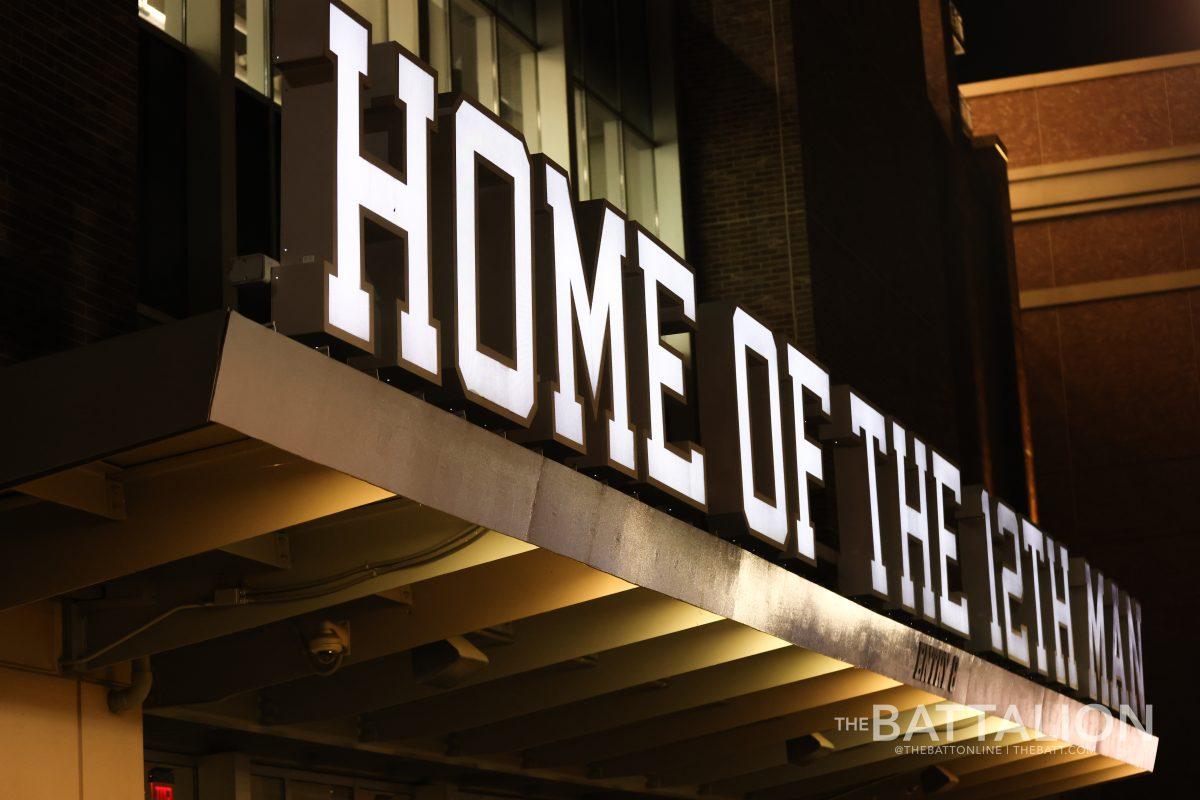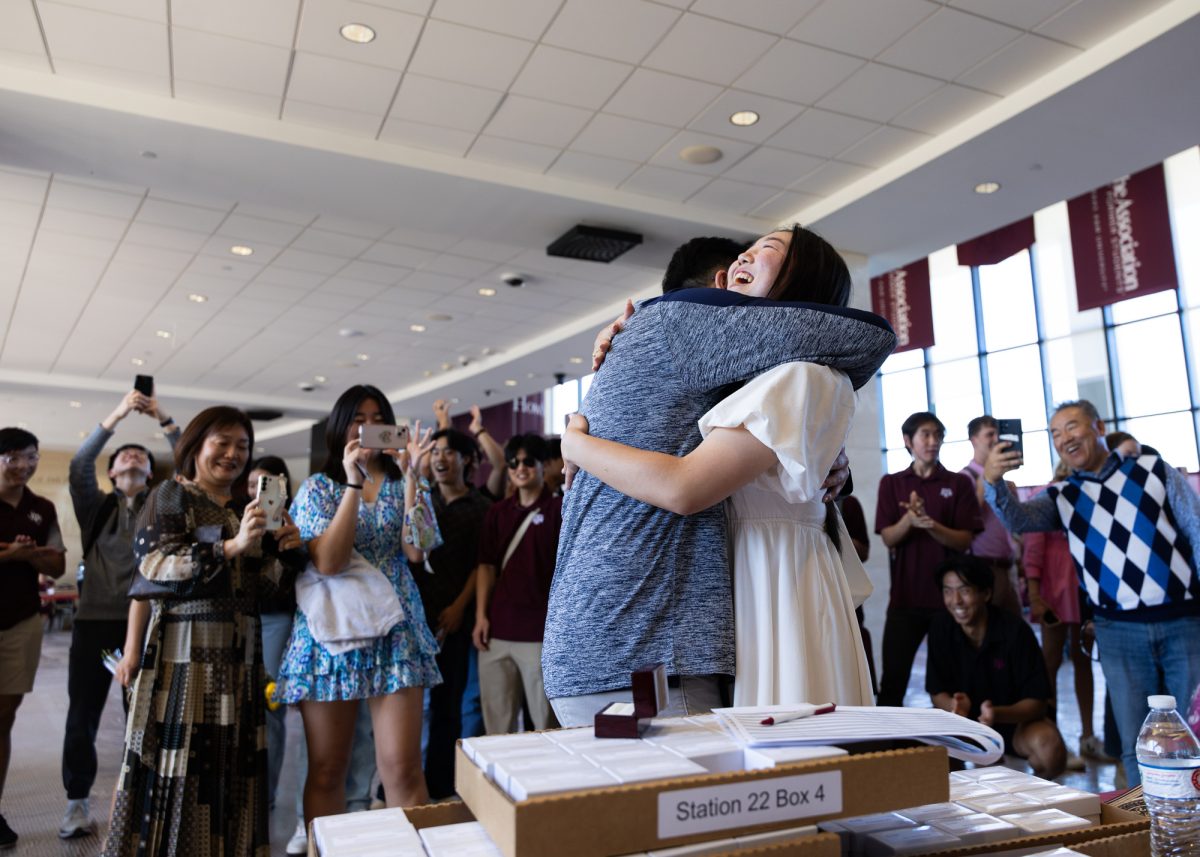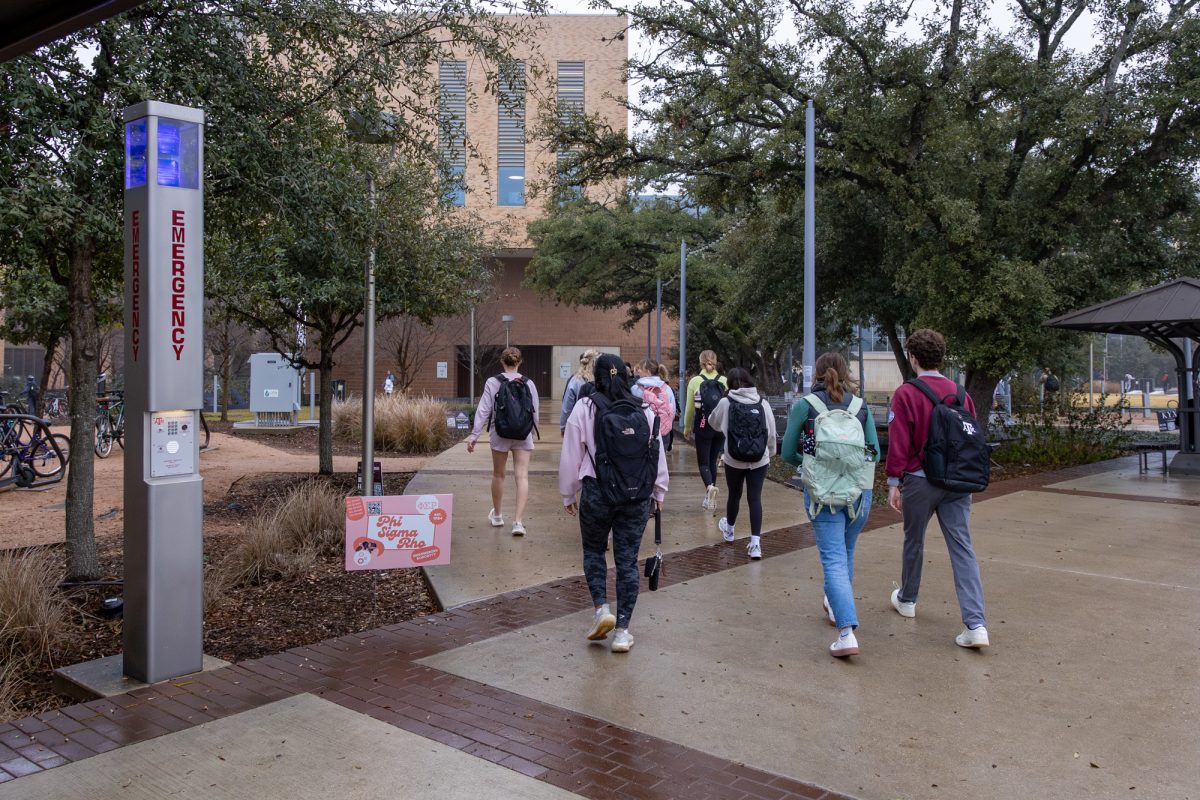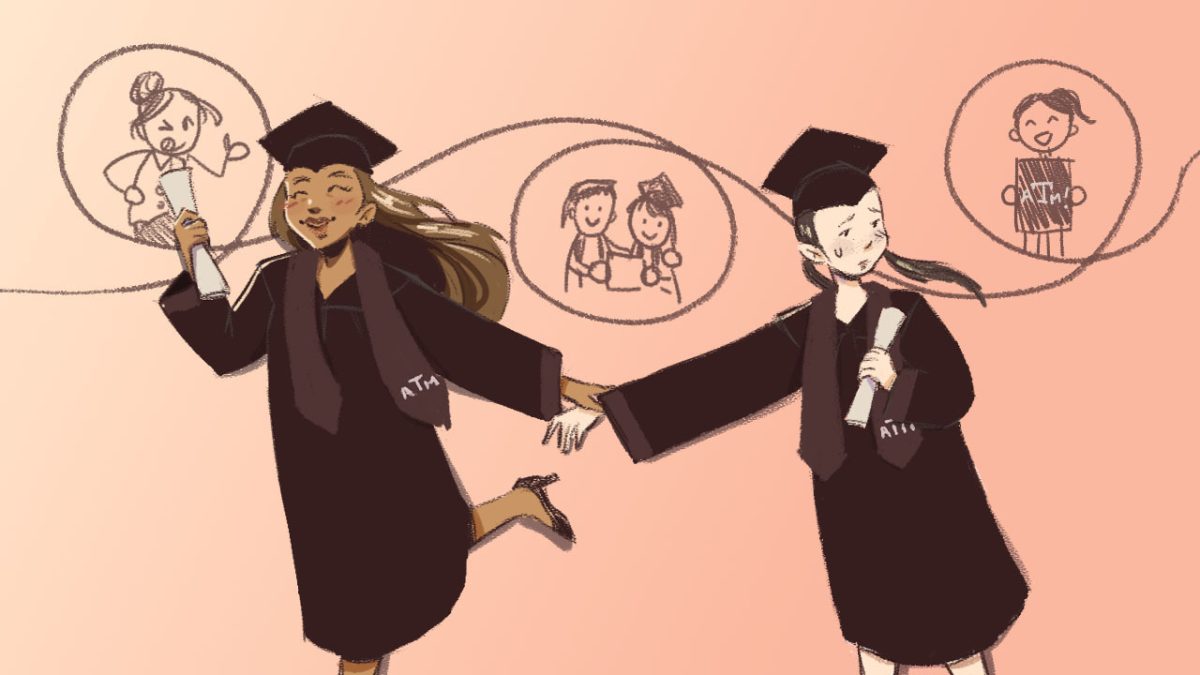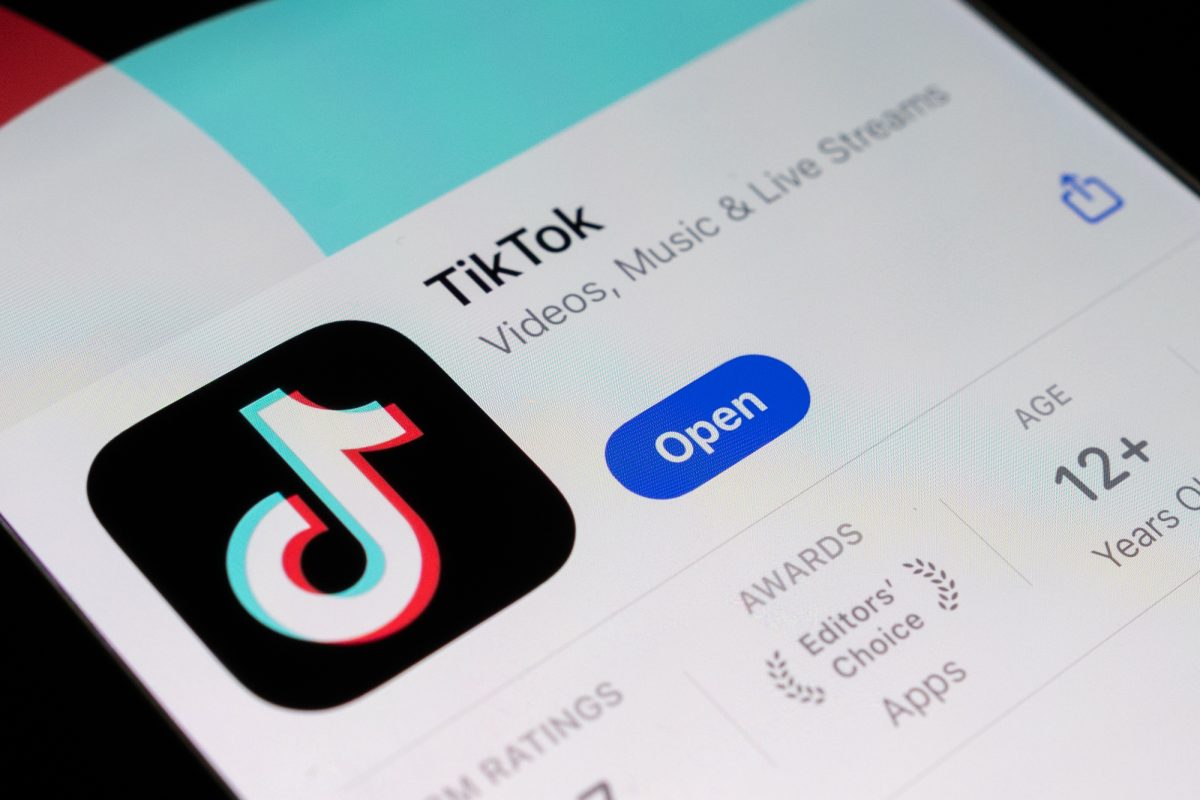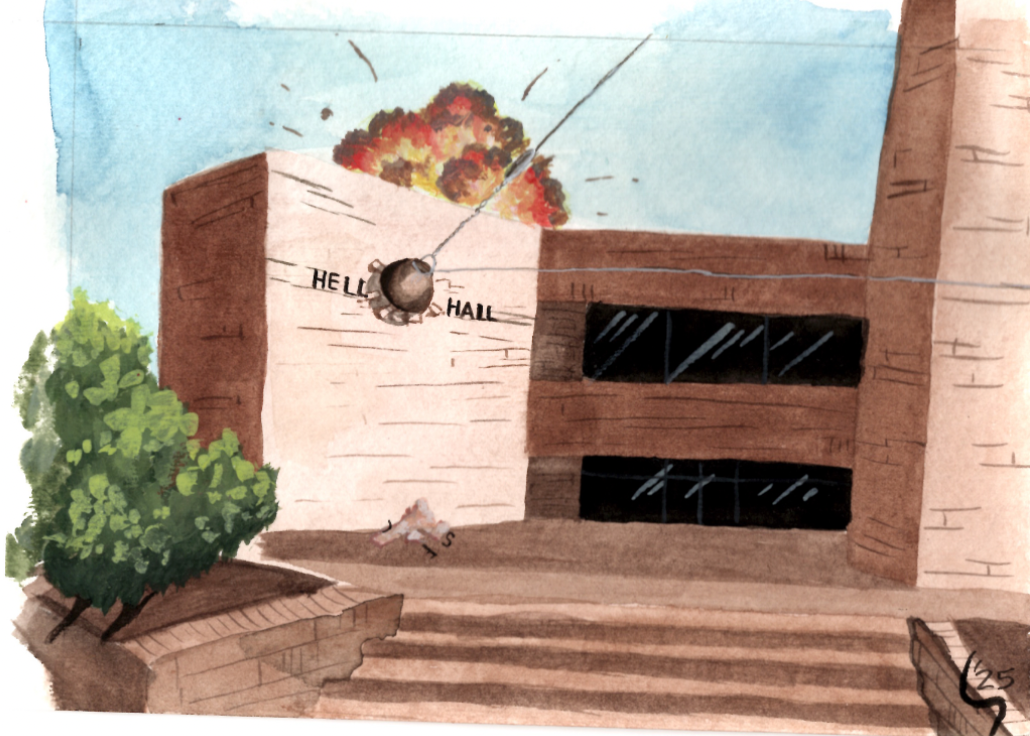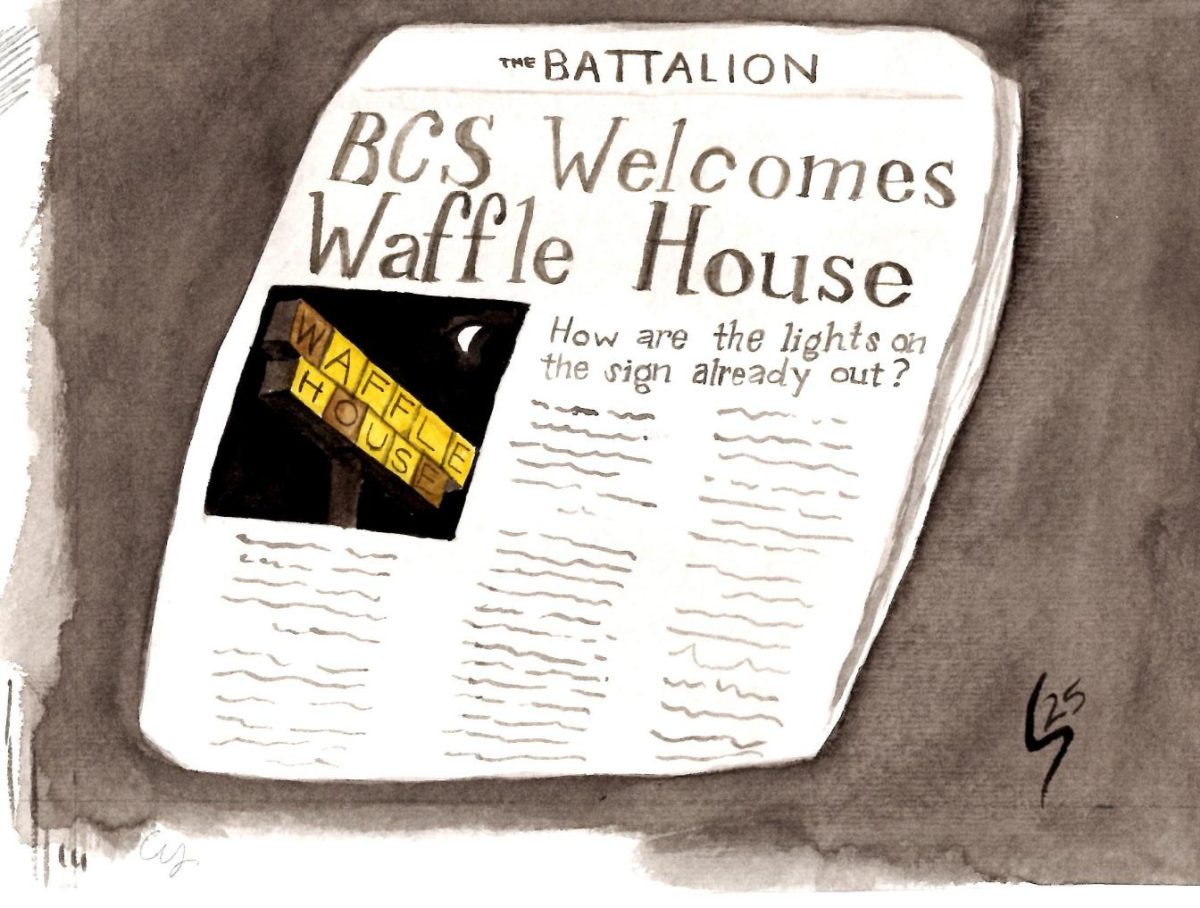The Centennial Campaign, a name not at all ominous, was recently unveiled by the 12th Man Foundation. In light of the 100-year anniversary of E. King Gill’s descent down from the pressbox and onto the benches, Texas A&M Athletics has made it its mission to dedicate $200 million to building an indoor track stadium, indoor football performance center, Bright Football Complex and Academic and Wellness Center for A&M student-athletes.
Many Aggie football fans were elated when the news broke. Though for students attending A&M, the discourse isn’t as settled.
We’re nearing the end of the fourth quarter of our academic year and between the end of the semester projects, preparing for finals and those of us deciding what to do with the rest of our lives, students are a little more on edge than usual. So, to hear about a $200 million expansion in sports facilities after several semesters of hearing about library cut-backs, college consolidation and a literal attempt to stop the presses, many students are bitter about the idea. Not to mention, the revelation that a group of former students are attempting to control and direct policy and A&M’s course for the future, anybody would be a little paranoid after that.
A&M consistently ranks in the top five colleges with the highest number of students on campus in the U.S. In the fall, we had a record 73,000 students enrolled at our prestigious alma mater.
Left trembling from their chronic caffeine cravings, these brave 73,000 stumble, bleary-eyed, through the shadows of brutalist architecture that looks more like The Ministry of Truth than an inviting learning environment. Buildings like Heldenfelds — or Room 101 to keep up the comparison — are permeated by a profound sense of disquiet and the smell of urine for some reason. At times, it seems every room is designed by some unknowable regulation to be a game of Russian roulette. Will the plastic back rest of your seat suddenly give way after a loud snap nearly sends you backward into your classmate’s lap? Or will you suddenly notice that somehow, something ripped the flip desk right off its metal hinges? It’s impossible to say, but there is about a one-in-three chance of either one happening.
Combine all that with the fact that even our beloved novelty waffle irons aren’t safe, and of course you’ll have Aggies who feel left out when they hear that student-athletes are getting a brand new “dining and nutrition center featuring a teaching kitchen.”
Based on a recent NCAA ruling, college athletes now have greater freedom in monetizing their name, image and likeness. To facilitate this, the planned academic and wellness center will have resources available for players to work on “content creation and brand development.” While better than nothing, it does not inspire confidence that instead of just paying our athletes, we dedicate university resources into literally paying them in exposure.
Just about every collegiate sport loses more money than they make, except for football. Many university sports programs actually operate at a loss, though A&M seems to do better than most.
Jimbo Fisher, with his $9 million salary, is the second highest paid coach in college football. Nick Saban, the pride and joy of the Alabama Crimson Tide, is the only coach making more, showing that sometimes you get what you pay for, and sometimes you don’t.
Many Aggies think the money could be better spent on academics. Though, they are often countered with the fact that $120 million of the $200 million budget is expected to be raised by donations and the support of former students. Invariably, the Lead By Example Campaign, which raised $4.25 billion for A&M academics, is also brought up.
Even if we are currently making profits off A&M Athletics, with the addition of more maintenance and facilities that require upkeep, this won’t always be a guarantee. If, for whatever reason, Aggie football finds itself less profitable than it is now, then the gifts of bygone generations may become a burden.
Throughout history, patrons have often shown favor to the arts and entertainment. Munera, the fights, games and shows put on in places like the Colosseum, were funded and arranged by high-class Romans to give back to the community.
If wealthy patricians wanted bloodsport then they got bloodsport. Considering 91% of college football players whose brains were examined post-mortem were found to have chronic traumatic encephalopathy, a comparison might not be that far off.
Despite all the bread and circuses, the games didn’t last forever, even if the Colosseum did.
Zachary Freeman is an anthropology senior and opinion columnist for The Battalion.




